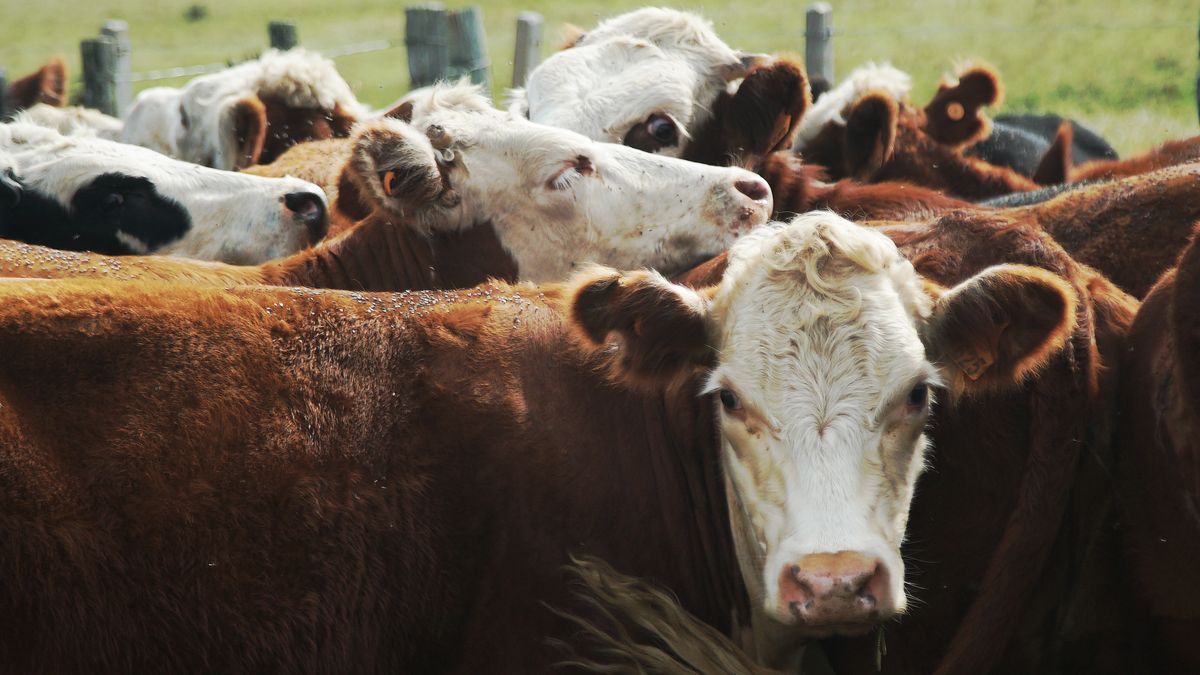From the Ministry of Livestock, Agriculture and Fisheries they maintain that ticks are “an important scourge” for the sector.
Every year, the livestock sector loses up to 50 million dollars due to external parasites in livestocka problem that according to the Ministry of Livestock, Agriculture and Fisheries (MGAP) is “a major scourge” that causes “a growing economic affectation” in the Uruguay.
The content you want to access is exclusive to subscribers.
The problem of the potential presence of ticks on animals must be constantly observed by the producers, since they can spread rapidly in their own and neighboring fields.


The main economic problems caused by ticks are related to transmitted diseases such as anaplasmosis and babesiosis, leather damageas well as the cost of veterinary treatments.
This year, due to the drought that devastates the countryside, tick proliferation among cattle skyrocketedas well as other common diseases in contexts of water deficit such as anthrax, malignant catarrhal fever, bacillary hemoglobinuria and poisoning from the ingestion of black peach.
At the same time, Uruguay loses at least another 28 million dollars annually in bovine cattle killed by ingesting toxic plantswhich are the first to regrow in front of a hungry cattle.
Once the drought is over, the most common diseases that the country will have to face will be bocopa (or poisoning by the Ramaria flavo-brunescens fungus), coccidiosis in calves, hydrogen cyanide poisoning in sorghum, by Mío-Mío (Baccharis coridofolia) and tremorgenic syndrome by honeygrass.
The 5 recommendations of the MGAP in the presence of ticks in cattle
- Seek professional veterinary advice: private or MGAP accredited professionals.
- Use MGAP-approved tick killers: Follow established application practices and use products recommended by a veterinarian.
- Notify local livestock services: suspected parasites and parasitized cattle.
- Plan a strategic health plan: inspect cattle.
- Take care of food safety: do not carry out the treatments prior to shipment of slaughter.
Source: Ambito




